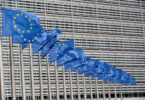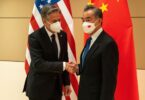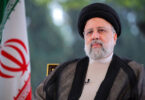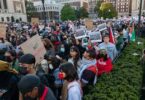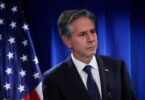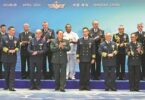Supporting government’s strategy of social distancing, leader of the opposition and PML-N President Shabaz Sharif has floated some proposals to mitigate the impact of Covid-19 on the health of the economy. Addressing consultative meeting of industrialists, businessmen and trader via video phone, leader of the opposition emphasised the need for taking measures to keep economic activity going in agriculture, manufacturing, foreign trade and business in the domestic market. He said that standstill situation will abnormally GDP growth, increase unemployment and decrease exports. One of the top three credit rating agencies, Moody’s investors Services has predicted that growth rate of Pakistan’s economy will slide to 2 percent in the current fiscal year against its earlier estimate of 2.9 percent.
Shabaz Sharif suggested lowering of petrol and diesel price to Rs.70 per liter to give spurt to the economy, ignoring the fact that lowering of price does not improve the extremely deteriorated economic environment which PML-N last government left as deadweight legacy to the present government.
PML-N President, apparently, expressed concern over what he assessed 50 percent fall in exports and likely negative economic growth rate. He claimed that his party government had rescued the economy from the precipice, achieved 5.8 percent economic growth, increased productivity of agriculture and manufacturing sectors, lowered policy rate to 6.5 percent, overcome electricity crisis, gave big boost to exports and curbed the menace of terrorism.
The rundown of achievements runs contrary to the ground realities. The economic growth rate was unproductive expenditure driven and production and exports led. The growth in manufacturing sector was 1 percent and in agriculture it 0.84 percent due high cost of energy inputs. Exports were declining and imports were rising, pushing current account deficit to $35 billion, which the present government brought down$12 billion by banning imports of luxury items and gradual increase in exports. No doubt rate of interest was cut from 10 percent to 6.5 percent but it did not give impetus to investment. Foreign direct investment dropped to $750 million and 40 percent textile industry shifted to Bangladesh and other South East Asian countries in the pursuit low electricity tariff and progressive taxation regimes. Yes, the installed capacity of power generation was increased by 10600 megawatt highly expensive thermal electricity but transmission and distribution system was not upgraded to pick the load of additional electricity generation. Highly inflated tariff of 8 cents per unit for coal based electricity generation was approved against the international benchmark of 4 to 5 cents per Kwh. Indexation of electricity tariff with US dollar for IPPs was enforced through NEPRA. A shady LNG import deal with Qatar at $13 mmbtu with ‘take or pay clause’ was made. These policy decisions are now like landmines for the future of the economy.
The issue of water scarcity was deliberately ignored by not allocating financial resources for the construction of storage dams to meet the current and future requirements of the agriculture sector. Knowing that Pakistan will b e a water starved country by 2025, neither efforts were initiated for building consensus for the construction of Kalabagh dam nor accelerated the approval process of constructing storage dams on alternative sites. When former Chief Justice of Pakistan Mian Saqib Nisar took the initiative for the construction of Mohamand dam on the River Swat and fast-tracking the implantation process for the construction of Diyamer Basha dam, senior PML-N leder and former Planning Minister Ahsan Iqbal gave statements against it.
As for curbing the scourge of terrorism and militancy, PML-N leadership was keen to hold talks with TTP. A negotiating team was constituted led by the former Prime Minister Nawaz Sharif Advisor Irfan Siddique which did futile exercise of holding talks with the terrorist outfit. Facts speak louder than fictions.

